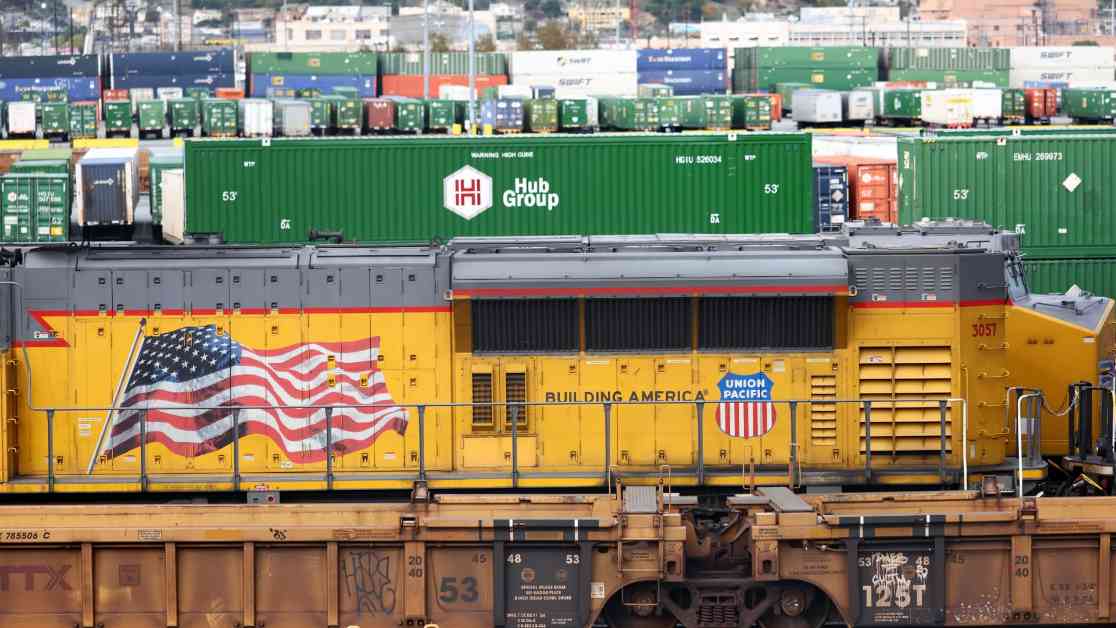The Port of Los Angeles is facing record-high freight rail delays due to an influx of holiday and everyday items. With recent increases in imports at West Coast ports, driven by diversions from East Coast and Gulf Coast strikes, as well as ongoing Red Sea issues, congestion is building up on the rails. Nearly half of the containers bound for freight rail out of the Port of Los Angeles are waiting nine or more days to leave the port and move onto the rail system.
Before the recent surge in container volumes in August and September, the average rail dwell time at the San Pedro Basin, which includes the Port of LA and Long Beach, was only four days. However, the situation has worsened as the port moved a record-breaking 954,706 twenty-foot equivalent units (TEUs) in September alone. Currently, there are approximately 20,000 rail containers waiting to be loaded out at the Port of Los Angeles.
Despite the rail congestion, Port of Los Angeles Executive Director Gene Seroka assured that it is not impacting port operations. He emphasized that they are continuously working with railroads to address the increased dwell times. Seroka highlighted three key factors being monitored for future container growth: the early Lunar New Year, the U.S. presidential election, and the strength of the economy.
On the other hand, the Port of Long Beach is not experiencing congestion despite having seven-day rail dwell times for containers. Executive Director Mario Cordero stated that the port is well-equipped to handle the historic number of TEUs moving through, with a 26% increase in on-dock rail movements. In September, the port moved 829,499 TEUs, marking the fourth consecutive monthly cargo increase driven by holiday-related products.
The increased rail dwell times at the West Coast ports have raised concerns among supply chain executives and logistics managers. Average dwell times for containers being unloaded from vessels to being loaded onto rail are about two weeks, with some isolated cases reaching up to four weeks. Logistics managers are implementing contingency plans to avoid potential rail issues at the port and minimize delays.
Furthermore, the extended dwell time at the West Coast ports, particularly the Port of Los Angeles, is worrying for many customers, according to Geotz Alebrand, head of ocean freight Americas for DHL Global Forwarding. The primary contributing factor to the issue is the inadequate supply of rail cars returning to the West Coast, leading to delays ranging from 5 to 15 days depending on the terminal and mode of transport.
As a result, DHL is advising clients to consider alternative strategies to mitigate these delays, including rerouting cargo to East Coast ports. However, some customers are hesitant to make this shift due to ongoing negotiations surrounding the East Coast labor contract. Norfolk Southern and CSX, which move rail freight out of the East Coast ports, have benefited from diverted West Coast rail-bound containers during Covid to avoid lengthy delays.
In conclusion, the record-high freight rail delays at the Port of Los Angeles are a result of increased imports and congestion on the rails due to holiday and everyday items piling up. While port operations are not significantly impacted, supply chain executives and logistics managers are working on contingency plans to address the extended dwell times and minimize delays for customers.
















